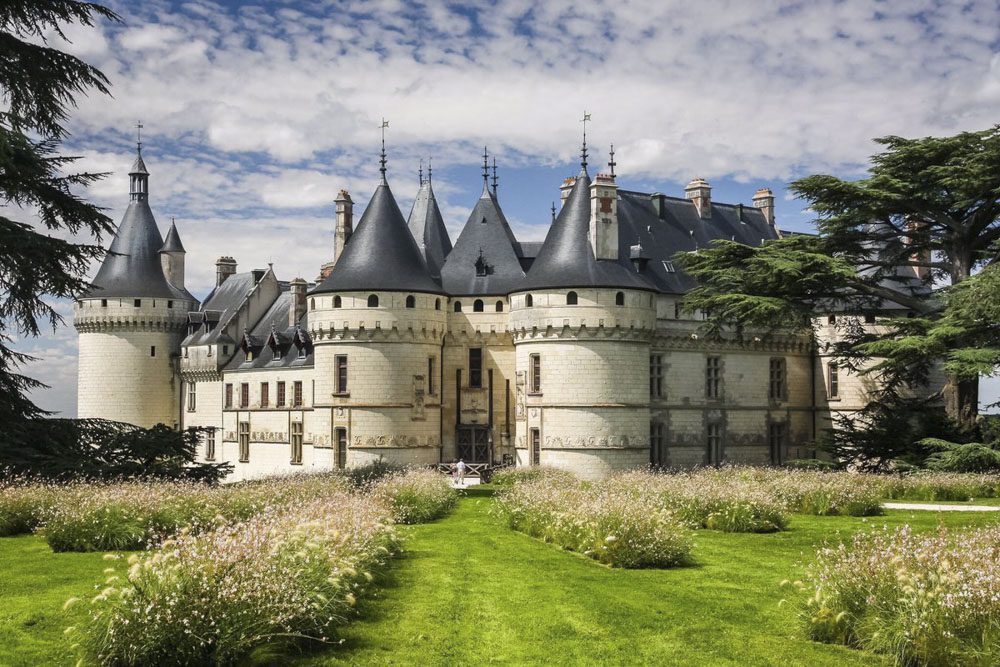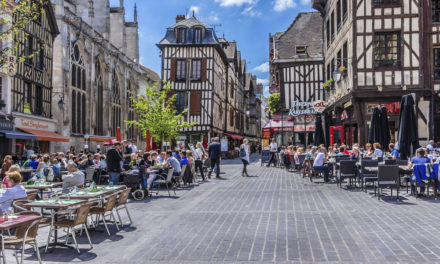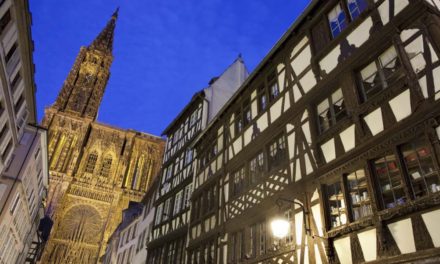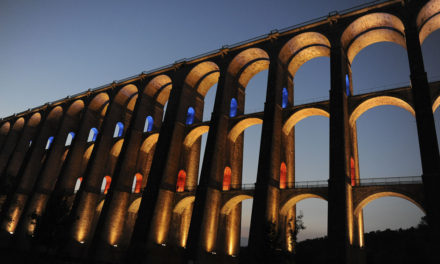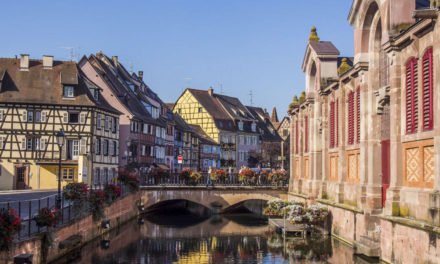Aube is Renoir country, its sleepy rivers, bridges and leafy copses figuring in several of the artist’s impressionist paintings. Auguste Renoir’s wife came from Essoyes, a quiet riverside village of half-timbered houses, and the family had a house there. Renoir, his wife and their sons, including the French film director Jean, are all buried in the churchyard. Aube, in the southwest corner of Champagne-Ardennes, has a gentle landscape of lakes and forest and vineyards. The Foret d’Orient and the Foret de Piney are both precious woodland reserves, sanctuaries for plants, animals and birds. The Lac d’Orient offers plenty of opportunity for boating, fishing and beach picnics.
Towns in the Aube
Book a Hotel in the Aube
Book a holiday cottage in the Aube
Troyes
Troyes is the most important town in Aube, a historic Gallo-Roman site which was once capital of Champagne. It is an architectural gem, full of fine 16th century town houses and magnificent Gothic churches, particularly the Cathedrale St Pierre et St Paul with its flamboyant façade and glorious stained glass windows. Troyes has several museums worth visiting, including a Musee d’Art Moderne, with a Rodin sculpture and a good collection of Fauvist paintings. Troyes has been famous for its woollen and hosiery industry since the Middle Ages and the clothing industry is still important – buying clothes here from shops and factory outlets is very popular. One of the main outlets is Marques Avenue to the south of the city. Troyes has also been known for its sausage, l’andouillette de Troyes, since the 9th century.
Bar-sur-Seine
The vineyards reach down into the south of the department to Bar-sur-Seine and Les Riceys, an area which boasts its own rosé wine (Louis XIV’s favourite) as well as champagne. Bar-sur-Seine is a pretty village on both banks of the river, with a castle and 16th century buildings such as the Apothecary’s house. The eglise St Etienne is worth visiting for its stained glass windows and fine carvings.
Mussy-sur-Seine
At Mussy-sur-Seine there is a Resistance museum dedicated to the maquis activities of 1944. The little village of Bar-sur-Aube has a fine 12th century church with covered wooden galleries once used by visiting merchants when the village was an important market town. To the south east is Clairvaux, where St Bernard founded the abbey where the Cistercian movement began in the 12th century. It has suffered great depredations since and is now a prison, though parts of it can be visited. To the west is Chaource, a town justly famous for its cheese but also for the church, Eglise St-Jean-Baptiste, where there is a very good example of the Champagne school of sculpture, an entombment by the anonymous Master of Chaource, known as “the master of sad faces.” The church also has fine stained glass and a carved nativity scene.
| Title | Address | Description |
|---|---|---|
AUBE | Aube, France |

